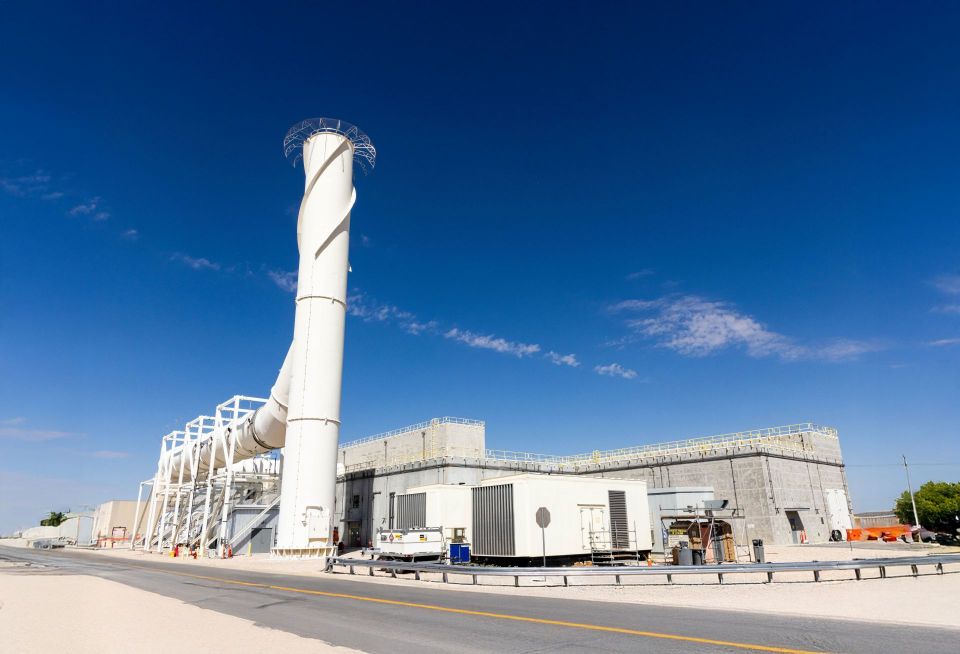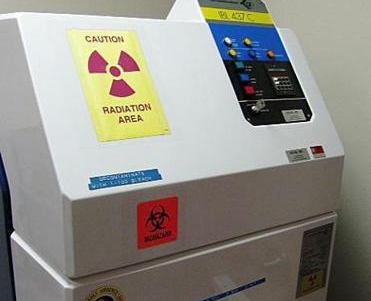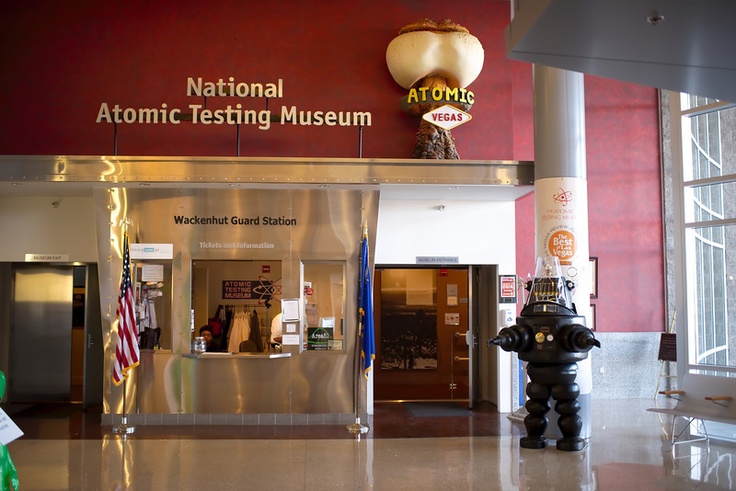U.S. lawmakers look to simplify export control to grow international nuclear partners
Legislative proposals focused on streamlining the U.S. nuclear energy export process have circulated on Capitol Hill for several years, notably aimed at establishing a single point of contact in the government to simplify global nuclear projects.
The most recently introduced International Nuclear Energy Act (INEA) proposal (S. 826) promotes engagement with partner nations to develop a civil nuclear export strategy and to offset China’s and Russia’s growing influence on international nuclear energy development.







